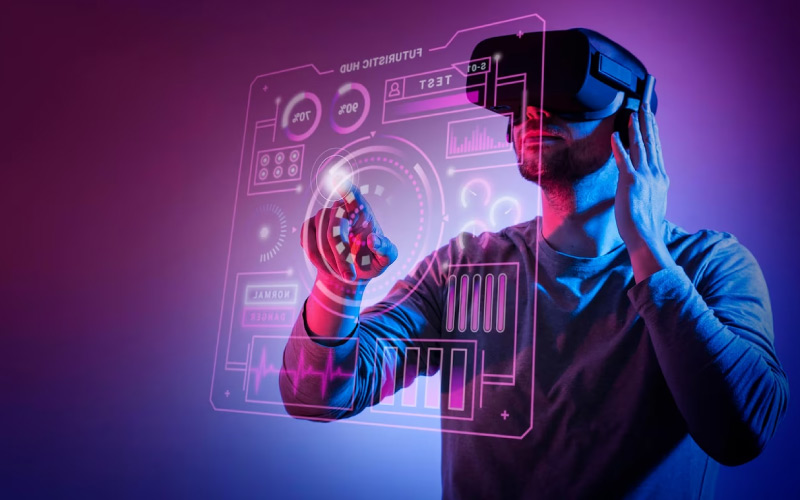If you thought virtual reality was limited to games and other entertainment mediums, you’re far from the truth. Virtual reality or VR showcased its prowess in the fields of retail, tourism, real estate, education, and, more importantly, healthcare.
Medical doctors and their patients are discovering unique ways in which VR assists their relationships. They use this technology for the physical and cognitive rehabilitation of ailing patients. But this is not it! Here are five ways in which virtual reality is transforming the healthcare sector.
1. VR in Surgical Procedures
A visual reality tool allows neurosurgeons and cardiothoracic surgeons to virtually study their patient’s brains and stimulate the surgery before performing it on an anaesthetized person. Think of this like a pilot flying a simulator.
Through VR programmes fashioned on individual cases, surgeons can perform any number of complicated surgical procedures repeatedly to gain experience and confidence before performing them in real life.
2. VR for Empathy

Some hospitals and doctors use VR simulations to understand the plight of their patients. This is an exercise in empathy, so they can comprehend the various symptoms patients talk about. For example, through VR, doctors can simulate conditions like Parkinson’s, migraine, dementia, and other degenerative and age-related ailments.
This even includes ailments like hearing or vision loss. Such simulations help doctors empathize with their patients and also decide on a more aggressive or less-aggressive treatment plan.
3. VR for Mental Health
A lesser-known use of virtual reality is psychiatry. Patients dealing with post-traumatic stress disorder or any other psychological condition can heal with the help of VR. For example, suppose a patient has been in a car crash and is now afraid to drive or even walk on pavements.
In such a case, virtual reality simulates exposure to safer public streets and car interiors so they can simulate driving once again, etc. VR is also proving effective in managing phobias related to height and space.
4. VR for Medical Training

Instead of reading about the symptoms of a disease or surgery procedures, wouldn’t it be better to experience them? This is where VR comes into play. Virtual reality allows medical practitioners to virtually witness surgical procedures, ailment symptoms and much more.
Safe to say, VR tools can create and simulate a number of things – from atomic molecules to the largest celestial bodies in outer space. VR simulations provide a 360° view of any ailment or procedure.
5. VR for Physical Therapy
From orthopaedic surgeons to physiotherapists, a diverse set of medical professionals can leverage virtual reality to prescribe an exercise schedule. The patients can wear their VR gear and do as they are told by a simulation.
Since the nifty VR gear is highly portable, they can complete their rehabilitation exercises even when they are out of town or on days when they don’t visit their physiotherapist. VR-based simulations can also create special sessions for people who are getting used to new limbs or prosthetics. They can wear the VR gear and play through a simulation while wearing their prosthetics in real life.
The Bottom Line

There isn’t an iota of doubt that virtual reality is transforming several industries, including the healthcare sector. Through this technology, there is so much you can build and interact with, albeit in a virtual space. No wonder the field of virtual reality is growing at a whopping CAGR of 30.3%. Anything the healthcare sector wants to try out hypothetically, it can with virtual reality at their fingertips. Think how much safer treatment will become as the applications of this technology increase within the healthcare sector.
